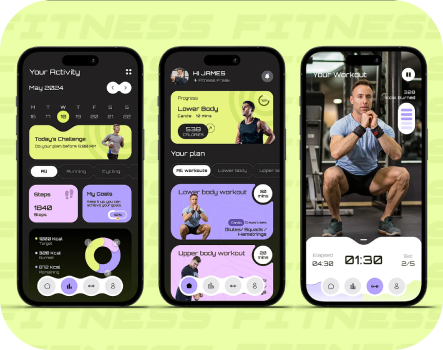At okiemint we utilized Figma as their primary design tool to create a visually appealing and intuitive user interface. Figma's collaborative features allowed designers and developers to work together in real-time, ensuring that feedback was integrated promptly. The team crafted user flows and wireframes in Figma, which helped visualize the app's structure and functionality before development began.
Once the design was finalized, the team transitioned to Flutter for the app's development. Flutter's rich set of pre-built widgets enabled the team to implement the designs with precision, ensuring that the app looked and felt consistent across both iOS and Android platforms. The hot reload feature in Flutter significantly sped up the development process, allowing developers to see changes in real-time without restarting the app.
The team also leveraged Flutter's powerful animation capabilities to create smooth transitions and engaging interactions, enhancing the overall user experience. By using Figma to design high-fidelity prototypes, the team could test user interactions and gather feedback before coding, reducing the need for extensive revisions later.
Moreover, Figma's design system capabilities allowed the team to maintain consistency in colors, typography, and components throughout the app. This streamlined the development process, as developers could easily reference the design specifications directly from Figma.
In summary, the combination of Figma's design tools and Flutter's development framework enabled the Fitflow team to build a robust, user-friendly fitness tracking app that meets the needs of its users while ensuring a seamless experience across devices.








.svg)
.svg)
.svg)
.svg)



